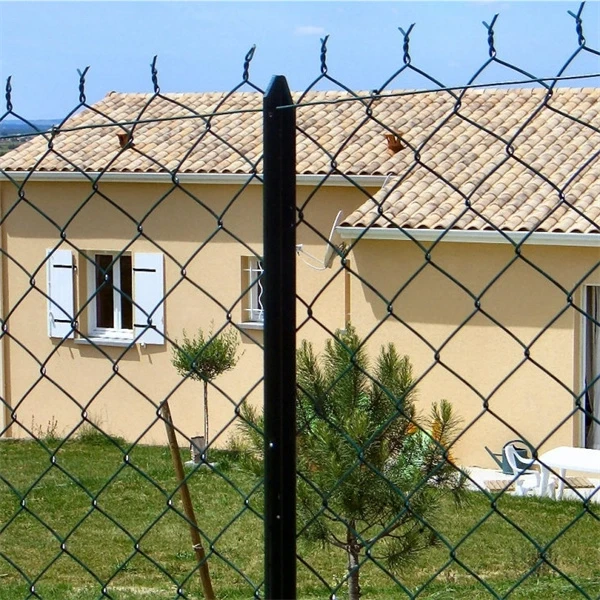Dùbh . 12, 2024 14:45 Back to list
gabion wall sizes manufacturer
Understanding Gabion Wall Sizes A Guide for Manufacturers and End-Users
Gabion walls have gained popularity in construction and landscaping due to their durability, aesthetic appeal, and eco-friendly characteristics. These structures, made from wire mesh filled with rocks or other materials, are used for a variety of applications, including erosion control, retaining walls, and decorative landscaping. Understanding gabion wall sizes is crucial for manufacturers and their clients to ensure optimal functionality and design.
What is a Gabion Wall?
A gabion wall consists of wire mesh cages filled with stones, gravel, or other materials. The design is simple yet effective; it allows water to pass through while providing solid support. Gabion walls are particularly valued for their flexibility, as they can adapt to various terrains and conditions.
Importance of Size in Gabion Walls
The dimensions of gabion walls significantly influence their performance. Different applications may require distinct sizes, including height, width, and depth. The height of the wall is critical for erosion control and must be calculated based on the water flow and soil type. Generally, gabion walls can vary from 0.5 meters to 3 meters, depending on the specific application and local regulations.
Standard Sizes Offered by Manufacturers
Manufacturers typically offer standard gabion sizes, which can be customized based on project requirements. Common standard dimensions include
- Gabion Baskets These usually come in sizes of 2m x 1m x 1m, 3m x 1m x 1m, and various custom sizes. The choice largely depends on the volume of stone needed and the intended project. - Mesh Size The wire mesh used for gabions may have different openings. A common size is 76mm x 76mm, which allows for optimal flexibility in filling while maintaining structural integrity.
- Stone Size The size of the stones or gravel used in the gabions also varies, typically ranging from 50mm to 150mm. The choice of stone size affects the overall stability and aesthetic appeal of the wall.
gabion wall sizes manufacturer

Customization and Flexibility
Manufacturers understand that one size does not fit all. Hence, they often provide customization options. Clients can specify dimensions based on their project needs, allowing for greater design flexibility. High-quality manufacturers will work closely with clients to assess the site conditions and recommend suitable sizes for optimal performance.
Factors Influencing Size Selection
When selecting the size of a gabion wall, several factors come into play
1. Purpose The intended use of the gabion wall—whether for landscaping, erosion control, or structural support—will define its dimensions.
2. Site Conditions The local environment, including soil type, drainage conditions, and topography, directly influences the required size and structure of the wall.
3. Regulatory Compliance Local building codes and regulations may dictate specific dimensions and construction methods that must be adhered to.
4. Aesthetic Considerations The visual impact of the gabion wall can vary based on its size. Clients often desire larger walls for dramatic effect, while smaller walls may be used for subtle landscaping features.
Conclusion
Gabion walls provide an effective solution for various construction and landscaping challenges. With numerous standard options available, manufacturers can also offer customization to meet specific needs. Understanding the importance of sizing, alongside the numerous factors influencing size selection, enables both manufacturers and end-users to create functional and visually appealing gabion walls. As sustainability and innovative design continue to guide the construction industry, gabion walls will remain a relevant and valuable choice. Whether you are a manufacturer or a consumer, paying attention to gabion wall sizes will ensure successful project outcomes.
-
Why PVC Coated Gabion Mattress Is the Best Solution for Long-Term Erosion Control
NewsMay.23,2025
-
Gabion Wire Mesh: The Reinforced Solution for Modern Construction and Landscape Design
NewsMay.23,2025
-
Gabion Wall: The Flexible, Seismic-Resistant Solution for Modern Landscaping and Construction
NewsMay.23,2025
-
Gabion Wall Solutions: The Durable, Decorative, and Affordable Choice for Every Landscape
NewsMay.23,2025
-
Gabion Basket: The Durable and Flexible Alternative to Traditional Retaining Walls
NewsMay.23,2025
-
Gabion Basket: The Proven Solution for Slope Stability and Flood Control
NewsMay.23,2025
-
Versatility of Chain Link Fence Gabion
NewsMay.13,2025






